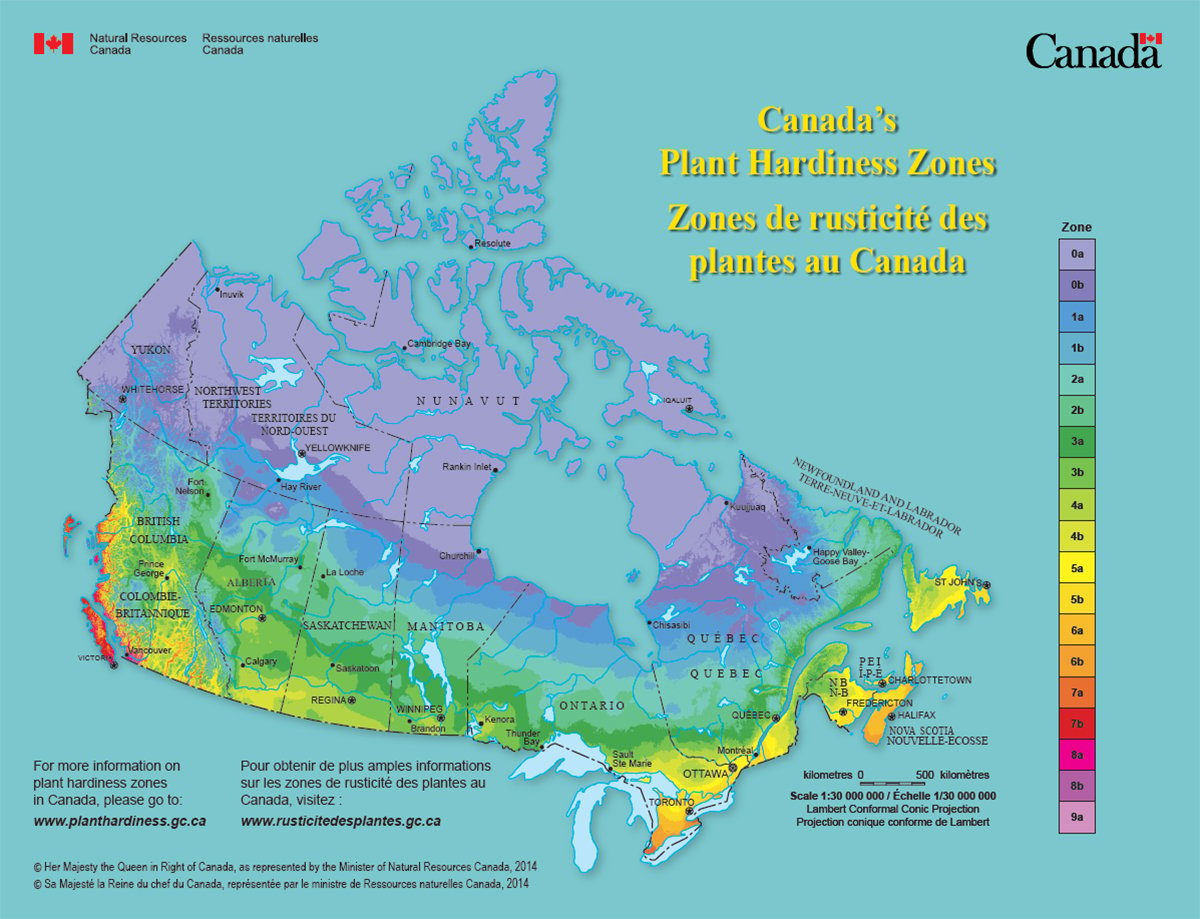WINNIPEG – Canadian traders had mixed views on what Statistics Canada’s estimates of grain stocks would mean for markets.
The report for grain stocks as of March 31, released May 7, pegged stocks within trade expectations, with canola and wheat landing at the low end of estimates from traders and analysts surveyed by Reuters.
“It doesn’t allow much wiggle room,” a veteran canola trader said. Some traders viewed Statistics Canada’s canola stocks estimate of 2.524 million tonnes as mildly friendly for old-crop prices, but others said they saw it as neutral to mildly bearish.
Read Also

Canada’s plant hardiness zones receive update
The latest update to Canada’s plant hardiness zones and plant hardiness maps was released this summer.
Sources surveyed ahead of the report had expected stocks of 2.5-2.8 million tonnes.
The report’s estimate implies July 31 year-end stocks of 500,000-600,000 tonnes, traders said, compared to a 10-year average of 850,000 tonnes.
Depending on exports and domestic crush over the next two months, grain companies may have to bid up values to attract farmers’ supplies, a canola trader said.
“In the trade, you sort of think 500,000 tonnes is the pivot point. Any tighter than that, supplies could be very difficult to pry out of producers’ hands,” the trader said.
But other traders felt a 600,000-tonne year-end surplus would not spur a buying spree.
“That’s a little bit bigger (ending stock number) than I think a lot of people had been trading for a while,” a broker said.
“If we continue to get some moisture and the (new) crop starts to look like it’s going to be pretty decent, then really, you’ve got a great crop coming and you’ve got these leftover supplies: why rush?” the broker said.
Traders were watching to see whether the report would erode the premium that July canola futures have carried over new-crop November futures at the Winnipeg Commodity Exchange.
The July-November spread had been as wide as $40 two months ago.
Farmers may be eager to sweep out their bins to capture the premium, a trader said, noting the report showed commercials held a higher proportion of stocks than usual.
Statistics Canada pegged all-wheat stocks at 13.671 million tonnes, at the low end of trade estimates ranging from 13-16 million tonnes, indicating exports have been stronger than some thought, traders said.
Durum stocks were estimated at 3.177 million tonnes, within trade ideas of three to 3.5 million tonnes ahead of the report.
The report said barley stocks on March 31 were 5.816 million tonnes, within trade estimates ranging from five to 6.5 million tonnes ahead of the report.
Barley stocks have been difficult to estimate because of the record large cattle herd backed up on Canadian farms after a case of BSE last year sparked widespread export bans. Less barley has been used by traditional buyers like feedlots, while more has been fed on farms, traders said.
Statistics Canada said oats stocks were 1.514 million tonnes, within trade guesses of 1.3-1.9 million tonnes.














